Using the H1/P25
We use Capture One for all image processing. Means
there was hardly anything to learn for us as we use CO now for over
two years and like the image quality and workflow. Some sharpening
was applied in Photoshop.
Note: We now use most of the time
custom camera profiles created with GretagMacbeth ProfileMaker 5.0
(camera module) and the
new GretagMacbeth ColorChecker SG. But also the generic profiles provided
by CO would work for us. 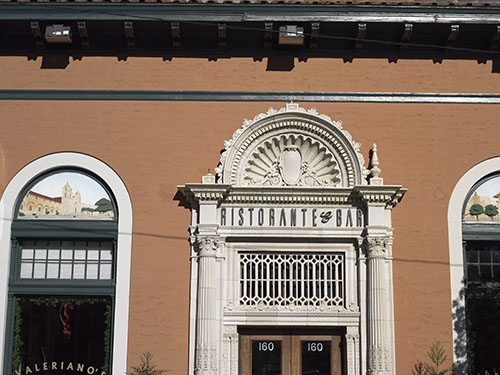
Ristorante (H1/P25 at ISO 100)
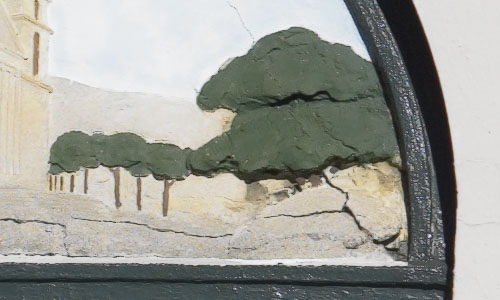
100% magnification crop
We have the original raw file here
for download (26MB). If you don't own Capture One you
can get a full working demo to experience this P25 image yourself.
Color and details were excellent. Because
the P25 does not use an AA filter the images get a more natural sharpness
than with a Canon 1Ds Mk. II. That said the 1Ds Mk. II did also do
an excellent job using prime lenses.
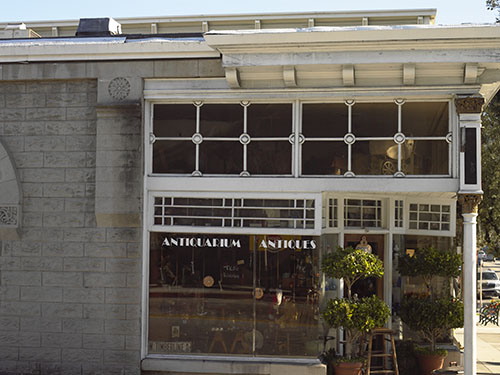
Antique Store (H1/P25 at 200 ISO)
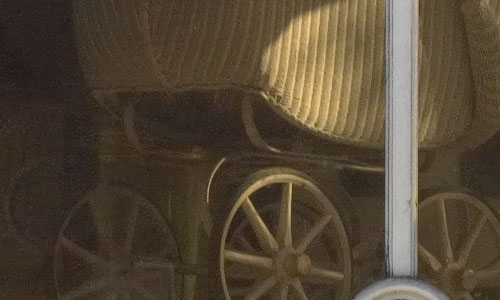
100% magnification crop
The best results from the P25 you can
expect at ISO 50/ISO 100. The ISO 200 results are not bad at all
but you can find some smoothening done by the CO software.
ISO Behavior
All shots were processed and sharpened
in the same way.
Results at ISO 50 and 100 are as good
as it gets. As said ISO 200 introduces some smoothening and ISO 400
is still useable but smoothening makes it even more soft.
We had only a short period of time to
use the P25 for real images. See some of the images as part of our
San
Juan Bautista portfolio.
Phase One P25 vs. Canon 1Ds Mk. II
Comparing cameras is tricky and we don't
want to claim that our comparison does both cameras justice. Unfortunately
we did not manage to have the exact same magnification on both cameras
(they have even a different aspect ratio). We used one of the best
Canon lenses: the cheap 50mm 2.5 Macro (Photodo rating 4.4). The H1
was used
with
the
80mm
standard
lens.
Both are
very good lenses but it is hard to tell how much they favor one or
the
other
solution.
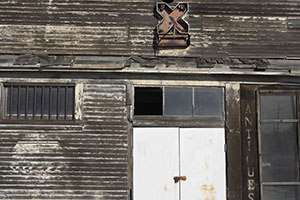 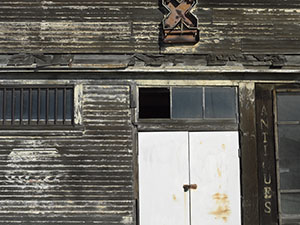
1DS II + 50mm Macro H1+80mm
+ P25
Note: the P25 has about
33% more pixels.
ISO 100
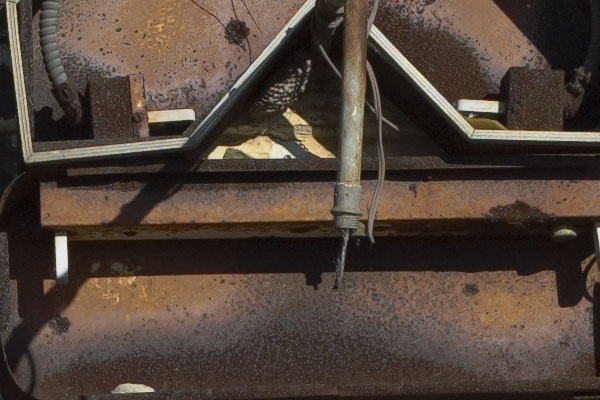
H1 + 80mm + P25 ISO 100 (100% magnification)
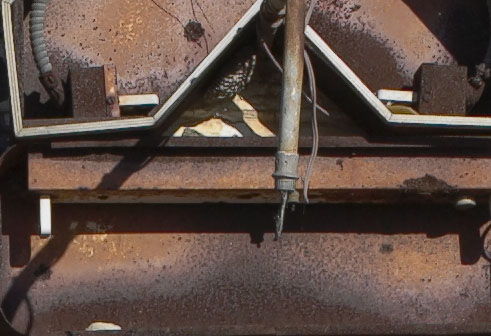
1Ds II + 50mm Macro ISO 100 (100% magnification)
Iso 400
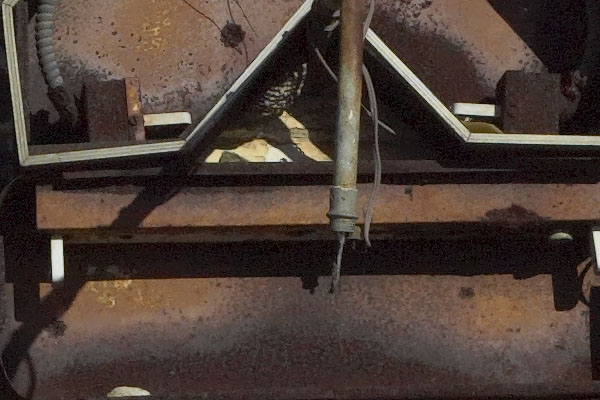
H1 + 80mm + P25 ISO 400 (100% magnification)
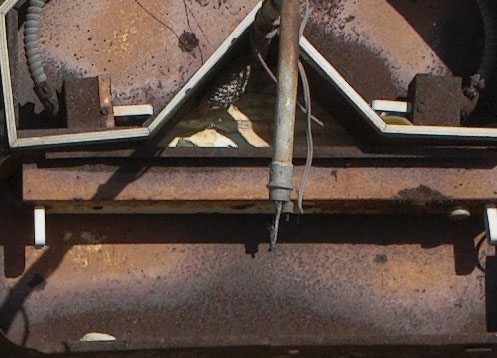
1Ds II + 50mm Macro ISO 400 (100% magnification)
In the end the cameras are pretty close
at ISO 100 but the P25 images show more natural sharpness and
look smoother. At ISO 400 we would give the edge to the 1Ds II.
What we experience here is the clear
high end for one shot digital cameras (untethered) as of 12/2004. Also
Capture One proved to be a raw converter that can resolve a lot of
details.
Conclusion
The use of the P25 on the Hasselblad
H1 was painless and fun. If you look for an untethered 22MP first class
MF back then you should give the Phase One P25 a try.
|